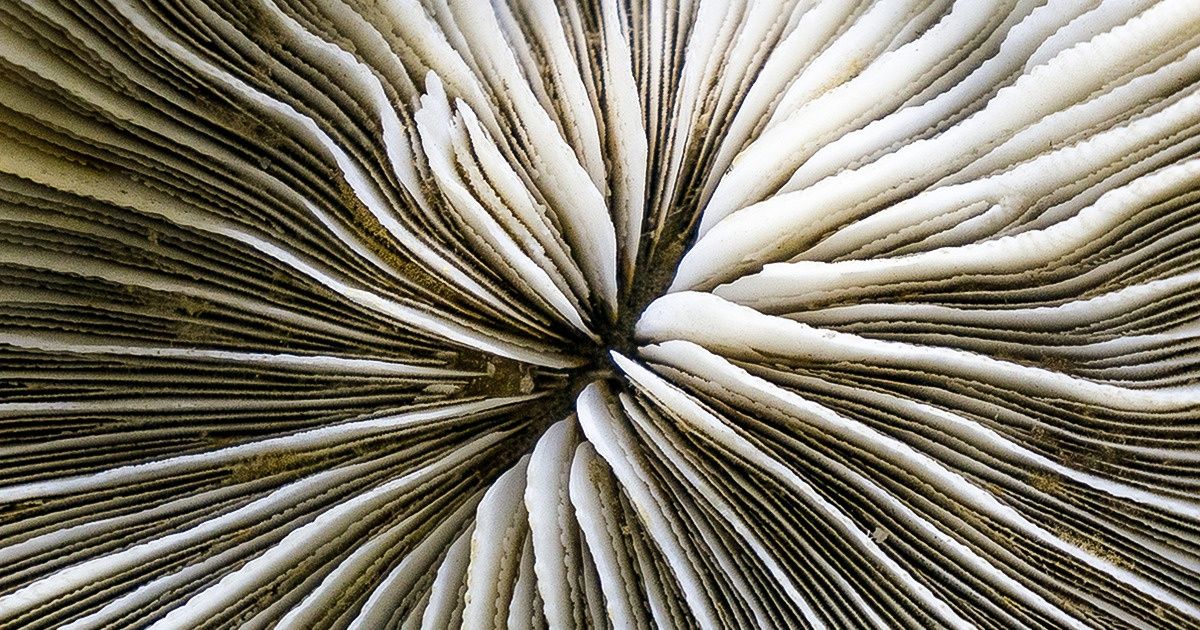My Husband Made Me Care for His Sick Mother, So I Served a Payback He Won’t Forget


Imagine shrinking by a hundred, or maybe a thousand times, and getting to explore the world from a new and exciting angle. Modern science is still far from experiments like this, but Depositphotos authors have already created a macro world for you with the help of their cameras.
Check out these 20 stunning macro and micro photos. Can you guess what’s in the pictures without reading the captions? Spoiler: This selection of stock images contains plant cells, sugar crystals, honey, and more.
Dead coral are of great interest not only to sea explorers and jewelers but photographers as well. As we zoom in on the surface of a fossilized piece of coral, we begin to notice hypnotic patterns.
The largest snowflake discovered by scientists has a diameter of about 38 centimeters. Of course, you don’t need a macro lens or microscope to shoot an object this big. However, the same can’t be said about typical snowflakes that weigh only one milligram.
Familiar items that seem dull at first glance have colossal potential in microphotography. For example, this is what a frozen drop of regular apple juice looks.
If bees saw the world as we do, they would still not enjoy the structural beauty that this substance has. With the help of a microscope, we can dive into a tiny drop of honey. Meanwhile, a typical beehive produces up to 40 kilograms of honey per year.
Spruce is one of the most common trees on our planet. Annually, it gets rid of 10-15% of its needles, which then grow back in the spring. One needle was captured by a Depositphotos photographer.
People have been using sugar for thousands of years, but thanks to optical microscopes, we can see what it looks like up close. There is something cosmic about the surface of a typical sugar crystal. Moreover, astronomers have even recognized sugar as part of space dust.
At school, you were taught that water turns into ice at 0°C and below. However, this rule does not always apply. In particular, pure water remains liquid at a temperature of even −48.3°C (ultrafast freezing) if it is in an absolutely stable state. In this photo, you can see what crystallized water looks like.
We now turn to the plant world. This is what Tulip cells look like under a microscope. A tulip is a flower that only blooms for 3 to 5 days once, a year. However, if you cut its bud off and place it in a vase, it will continue to grow and reach for the light. Tulips can be found in every color of the rainbow.
The cells of different plants may differ in appearance, but they all have a common structure. Plants are both unicellular and multicellular (as in this photo). Until recently, we did not have the opportunity to zoom very closely on a cell and get underneath its membrane. For this reason, it was believed that there was a void inside all cells.
Chloroplasts are the organelles within a plant cell that are responsible for photosynthesis. In this photo, you can see how photosynthesis takes place. This process is typical for most plants and some algae. It is the chloroplast that makes plants look green.
Many of us consume chia seeds, but few have looked at them underneath a microscope. Chia contains twice as much calcium as cow’s milk, and the surface of a chia seed is porous, rather than smooth and shiny.
These days, blue coral polyps are on the brink of extinction. Iron salts that are part of their composition give them a unique blue tint. Blue coral inhabits the Indo-Pacific coastline and is very demanding on the environment. This is a rare photograph of this type of coral.
This photo shows natural agate, which is a widespread, semi-precious stone used in jewelry. Agate has been known to man for 6,000 years: jewelry, furniture, and dishes have been made out of it.
Calcite is another widespread mineral that you can find in a variety of colors. Moreover, there are over 700 types of calcite. The Great Barrier Reef, which stretches for 2,000 kilometers along the coast of Australia, is also composed of calcite. This is what it looks like upon closer inspection.
Sulfur is one of the few chemical elements that is found in pure form in nature. And now you can see what sulfur crystals look like under a microscope. Surprisingly, because of sulfur, many foods have a pungent smell (for example, spoiled eggs). At the same time, pure sulfur has no smell at all.
Everyone has come across paracetamol at least once in their life. At the same time, not many people know that this analgesic and antipyretic was invented a hundred years ago, and became available to us in the 1950s. Now you know that paracetamol not only helps with fevers but also looks beautiful under a microscope.
Most insects have a faceted eye structure and see much more than humans do. For example, the insect in this photo can recognize ultraviolet rays and detect high-frequency blinking light 5 times faster than a human
Butterflies and flowers are popular macro photography objects. Photographers often experiment with composition and palette to make their work even more expressive.
A magnolia is a prehistoric plant known for its large and vibrant flowers. Magnolia trees bloom in mid-spring and even thrive in northern regions, although they only grow naturally in tropical and subtropical climates.
Many of us love to watch a dandelion’s mid-spring transformation, but few have seen it happen this closely. Dandelion seeds have a fluffy umbrella that allows them to spread and germinate over large areas. Each umbrella resembles a small dandelion.
Unlike macro photography, which enables you to enjoy viewing objects at a 1:1 scale and is available to anyone with a camera, microphotography requires special equipment like microscopes. Typically, the zoom range of these devices is somewhere between 10 and 3,500 times, which allows you to see the structure of crystals and cells.
If the photos above have inspired you to experiment with small subject photography, we recommend starting with the macro photography genre. Even the slight zoom provided by a standard camera lens or mobile device will allow you to experiment.
Good luck with your photography practices. Find more inspirational macro images in the Depositphotos library.
= This article is sponsored by Depositphotos =











